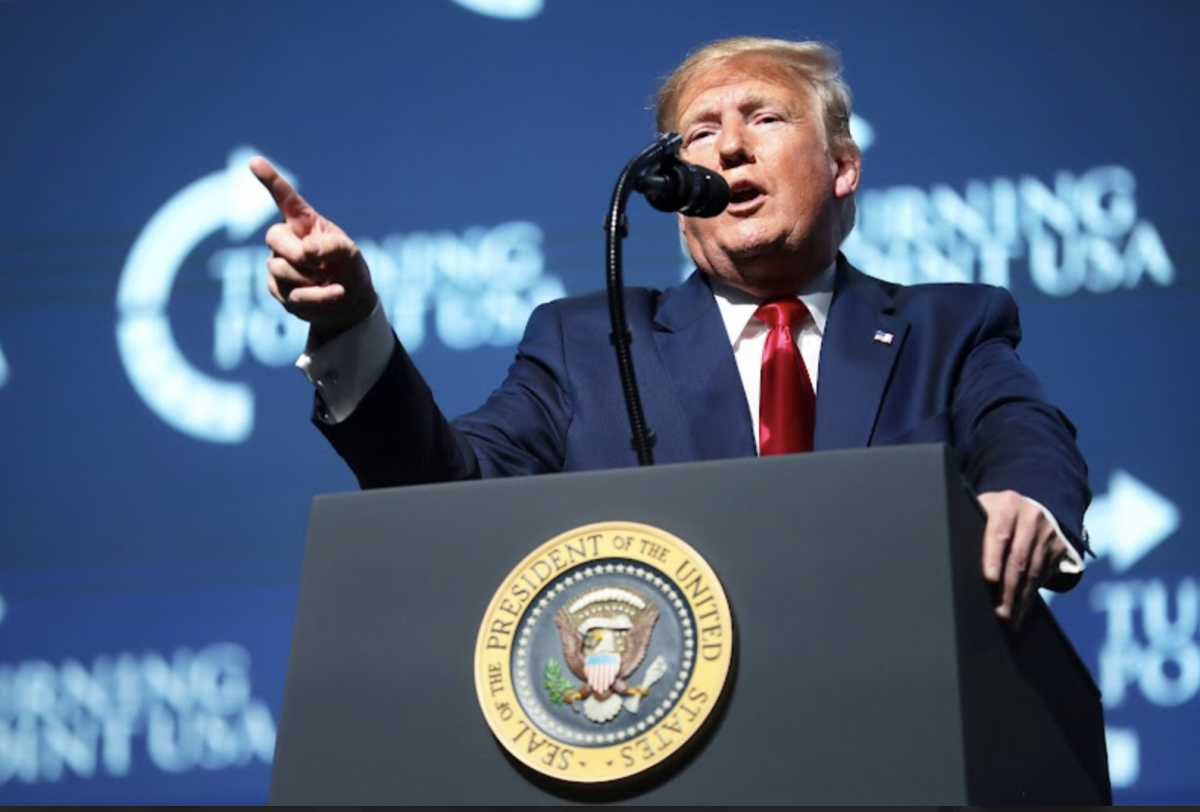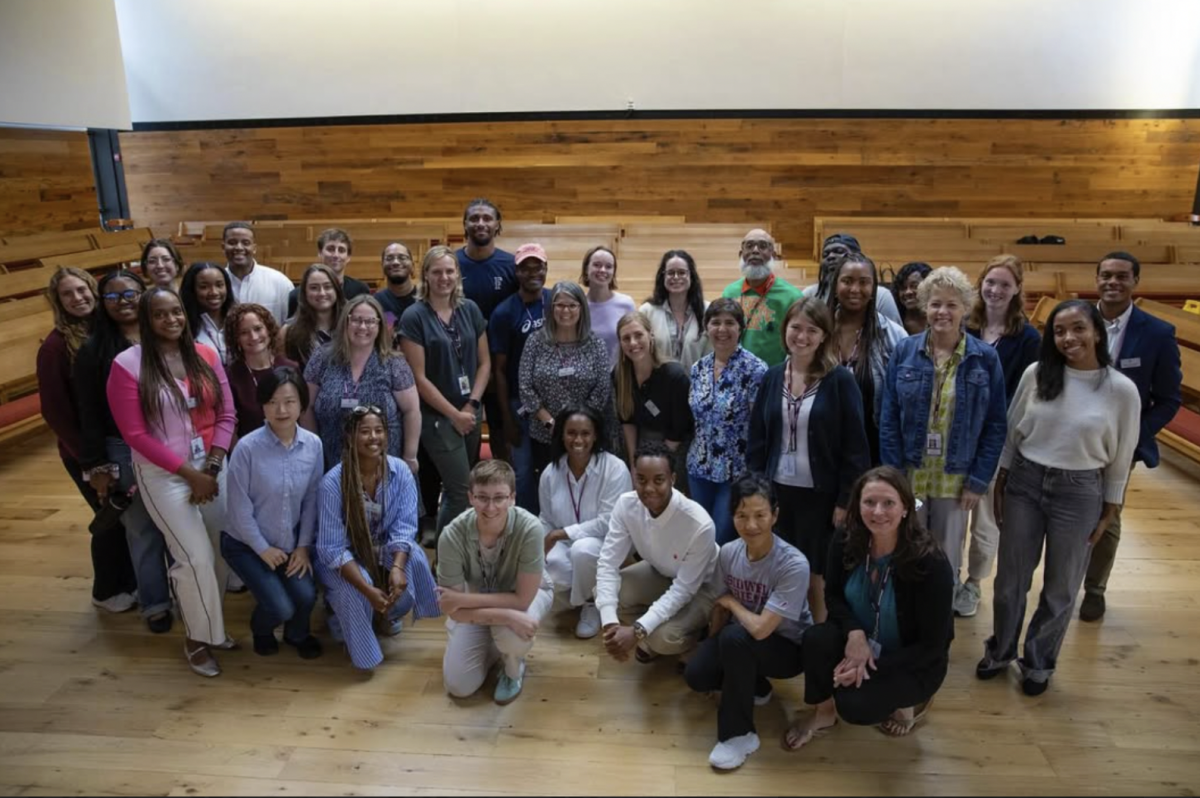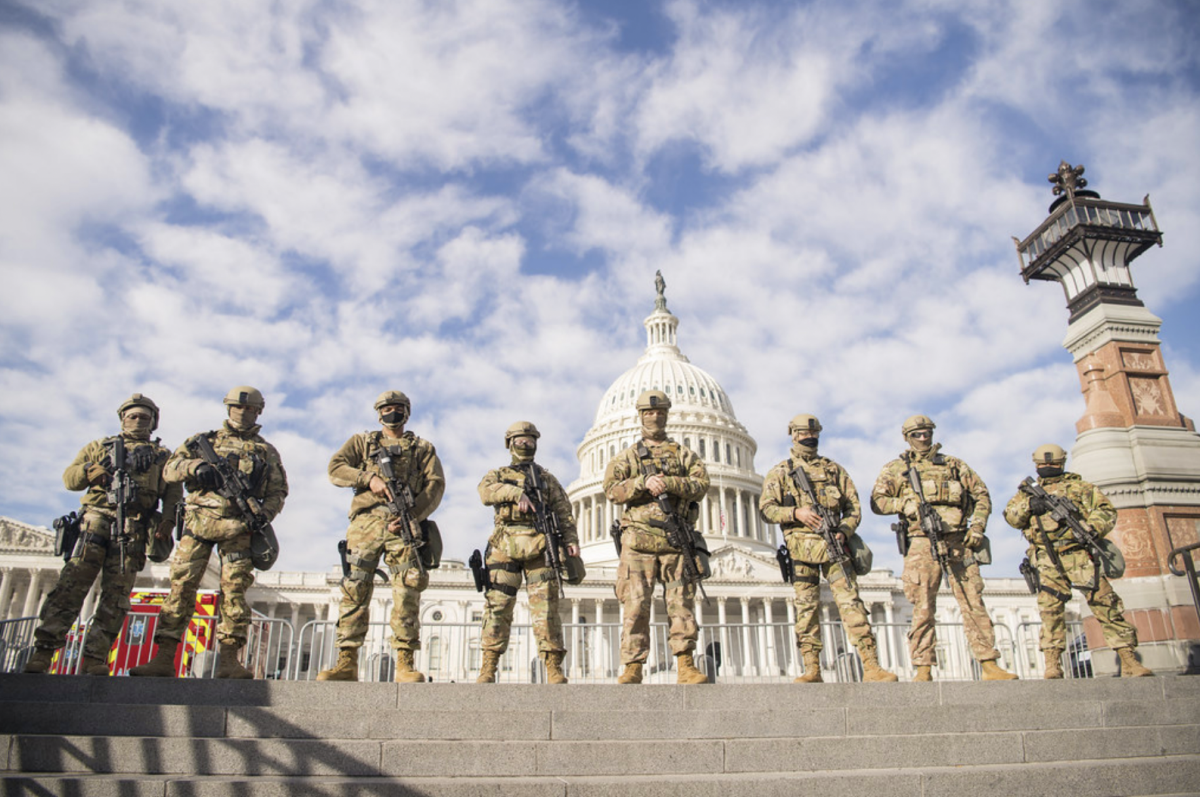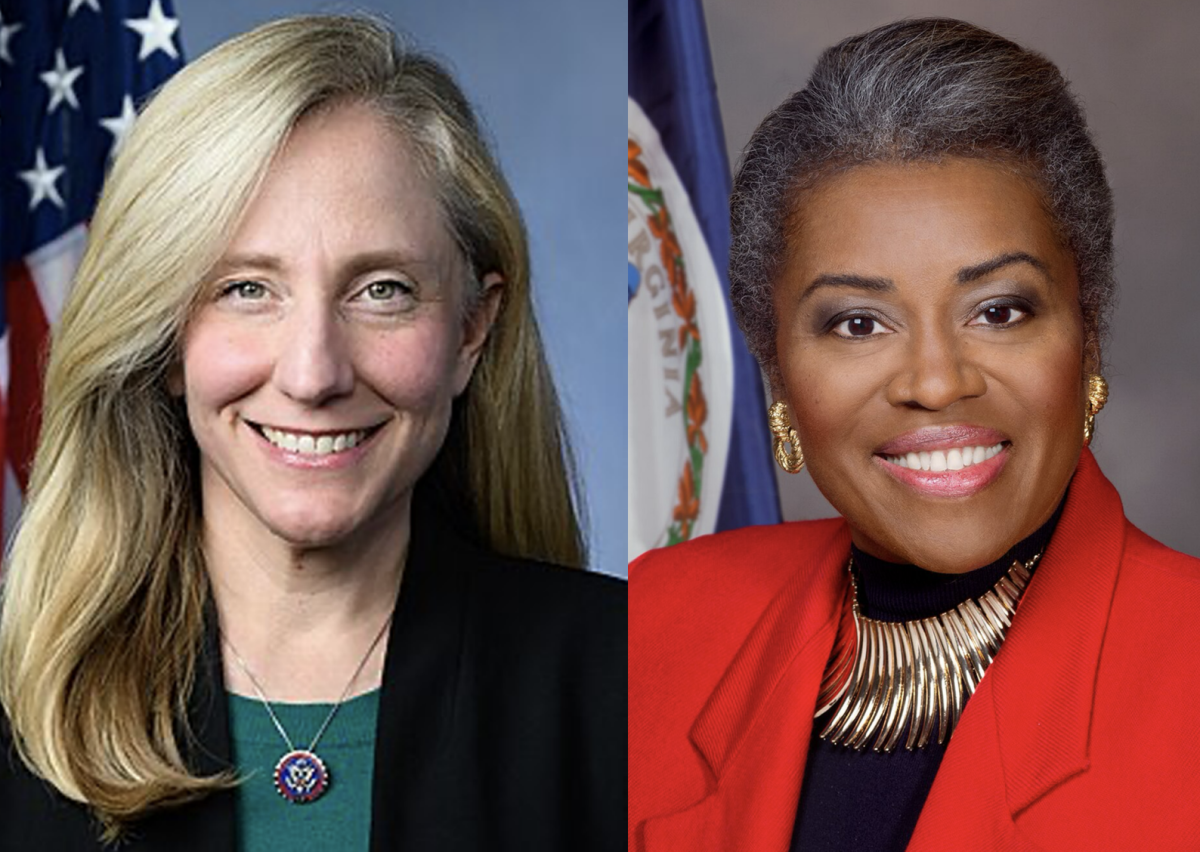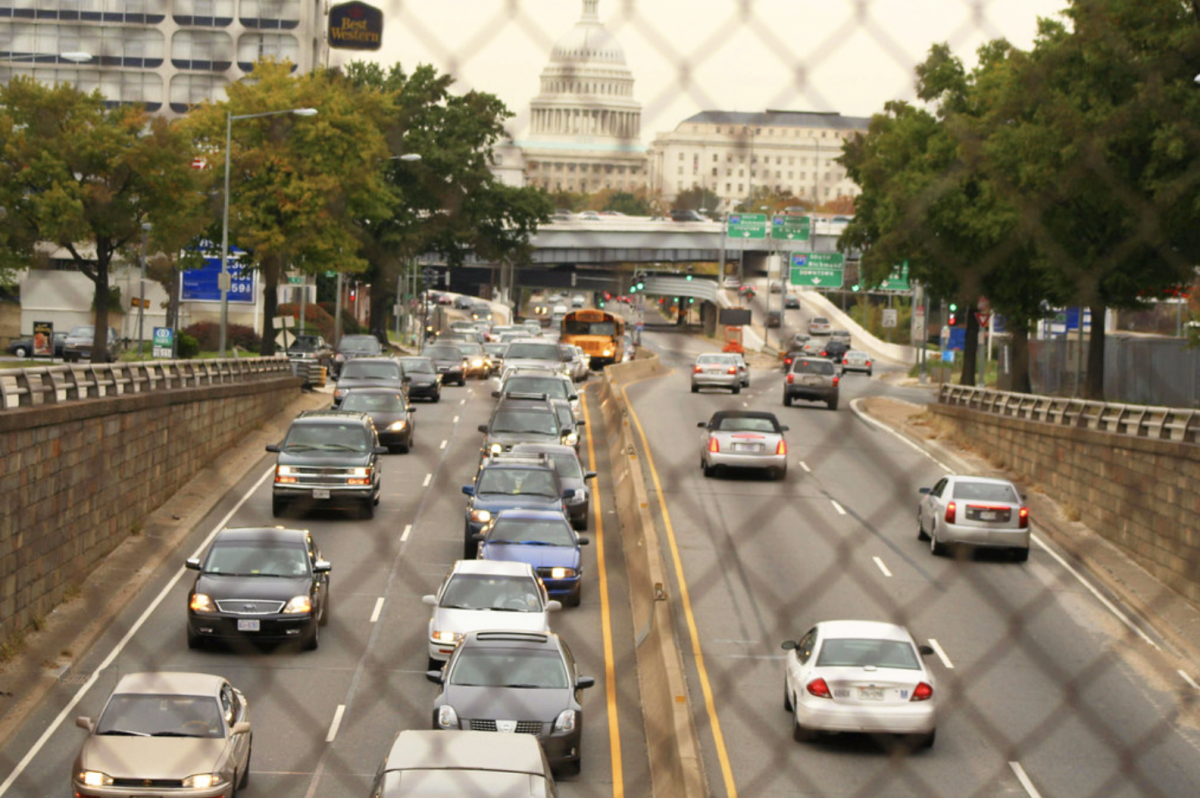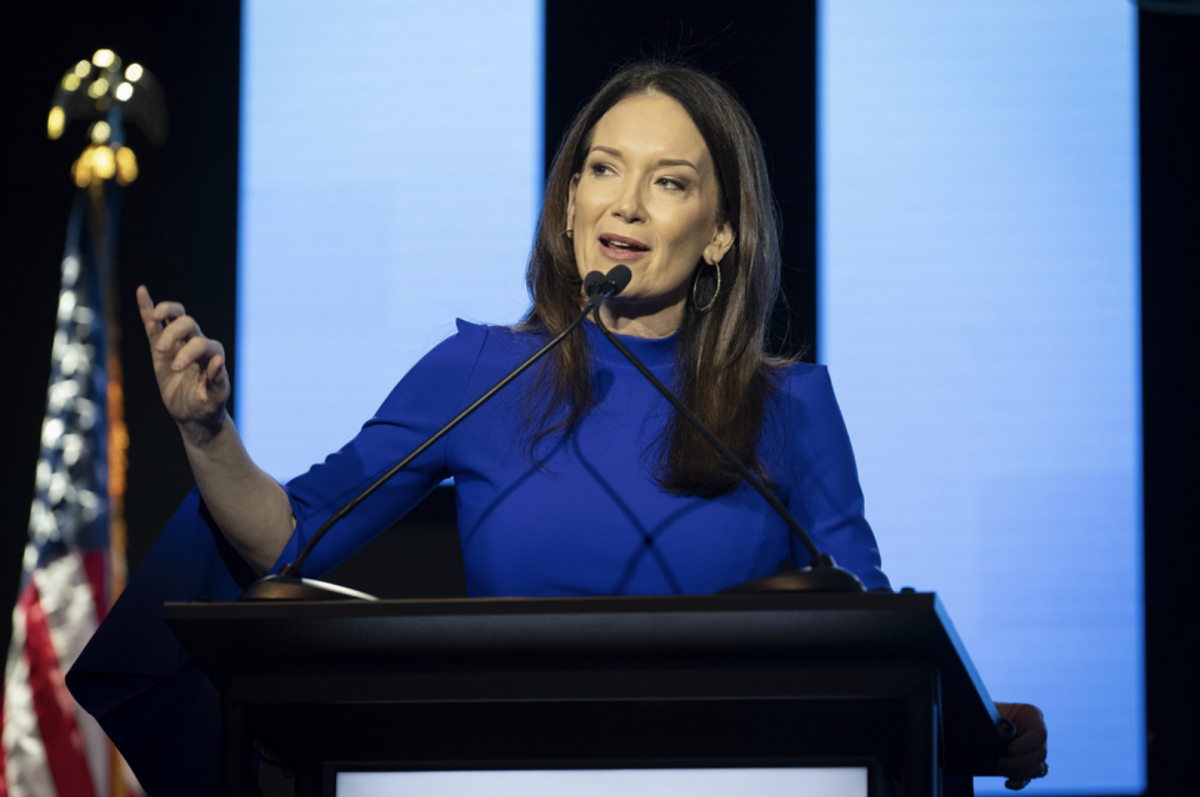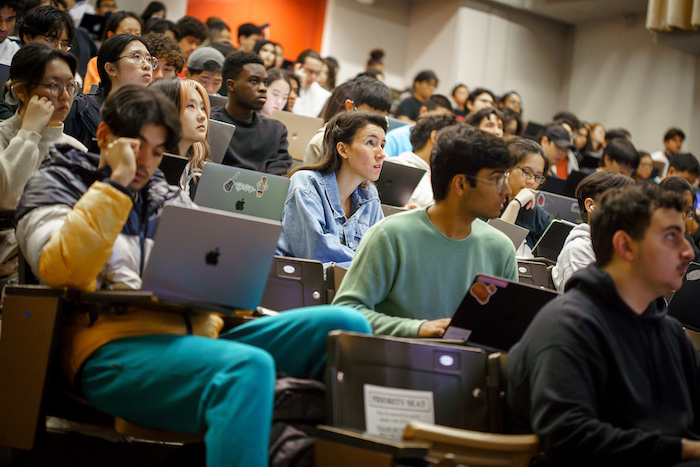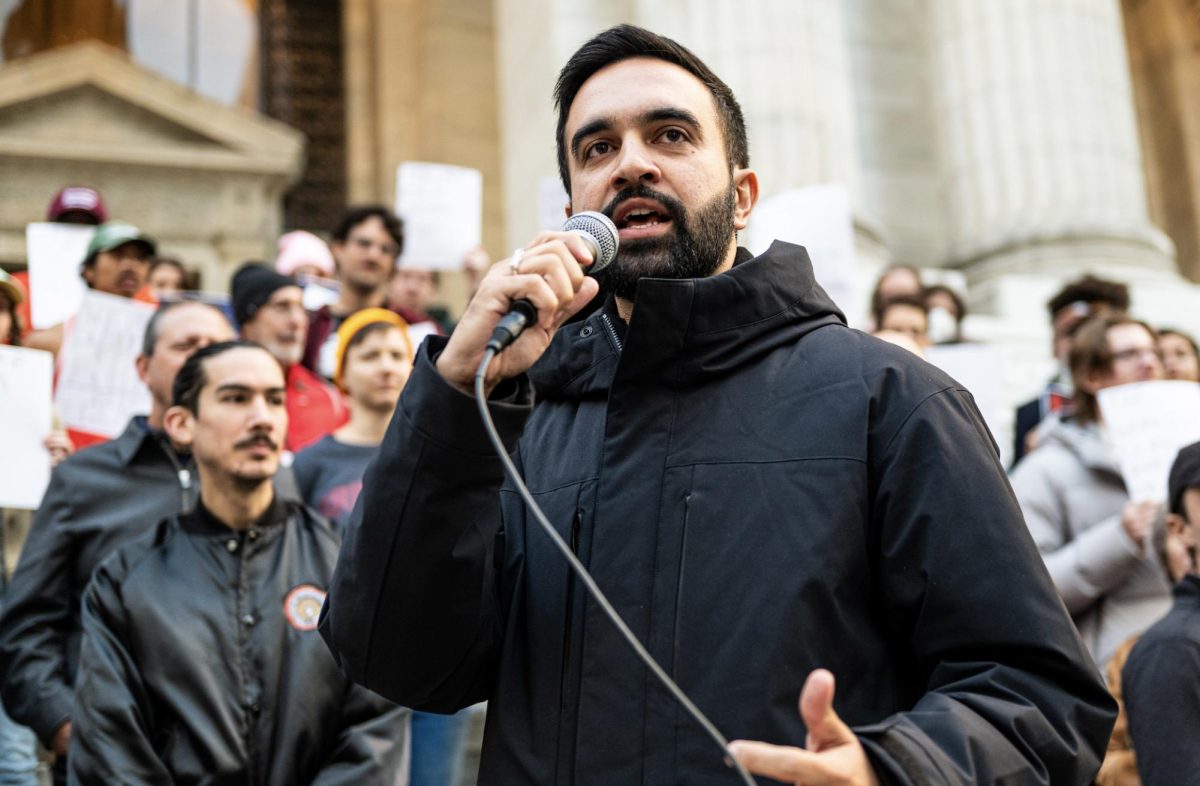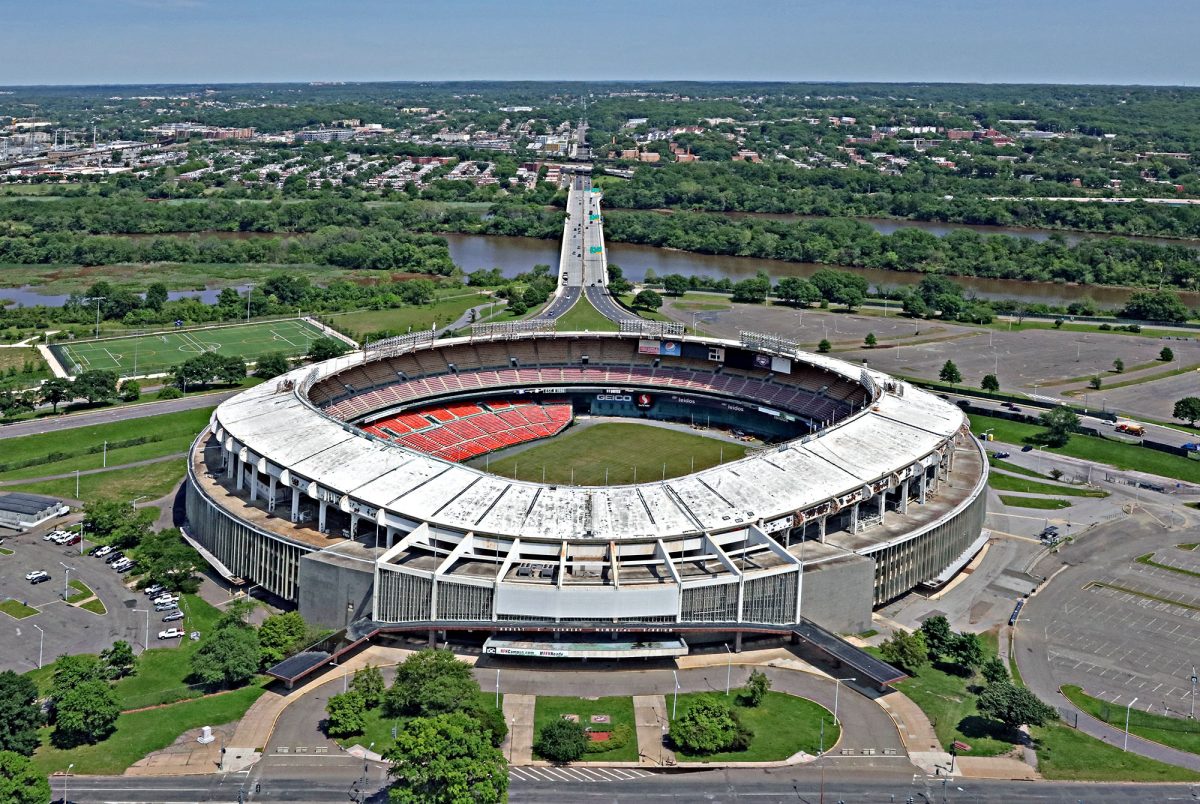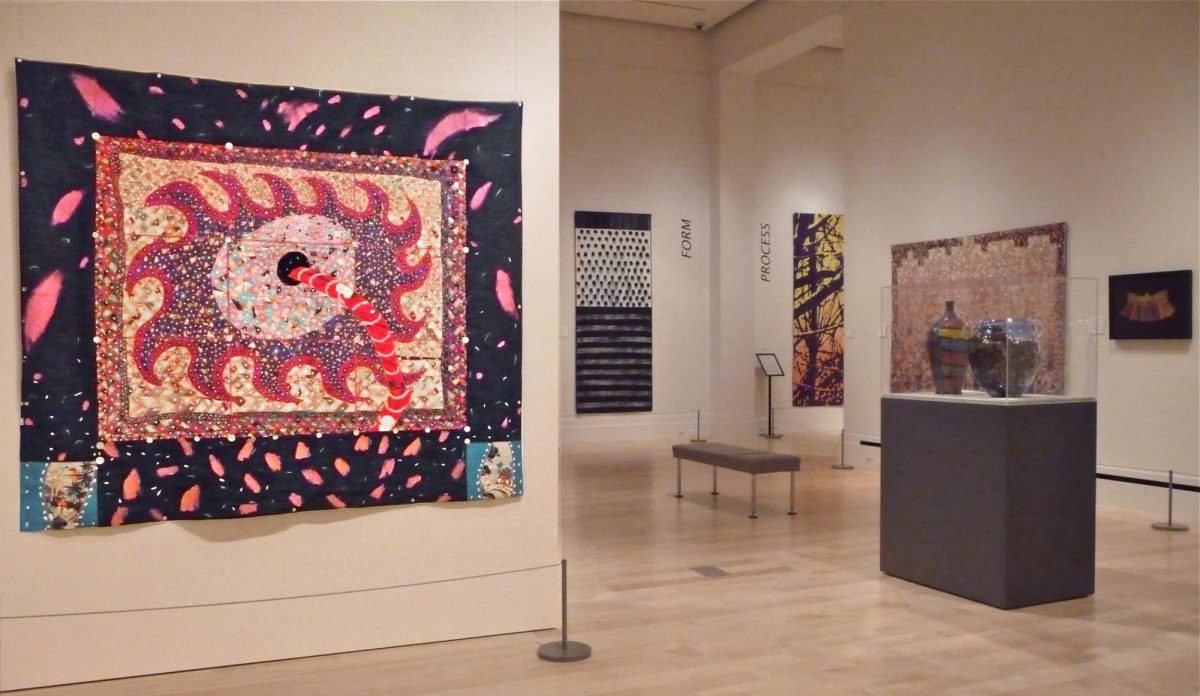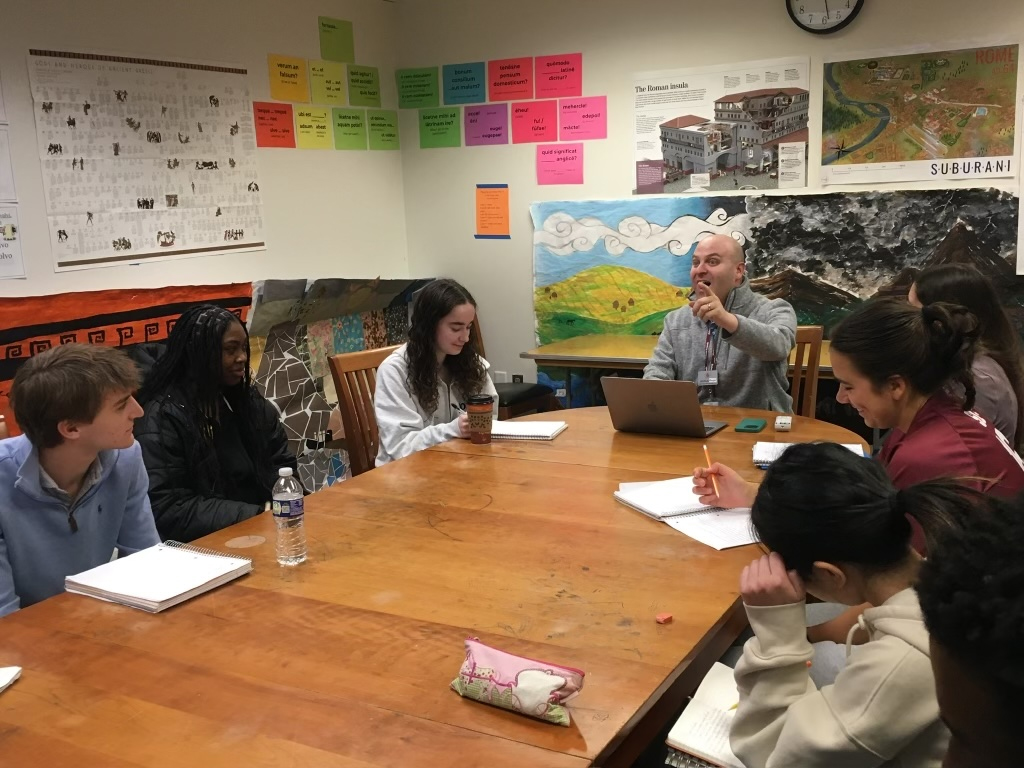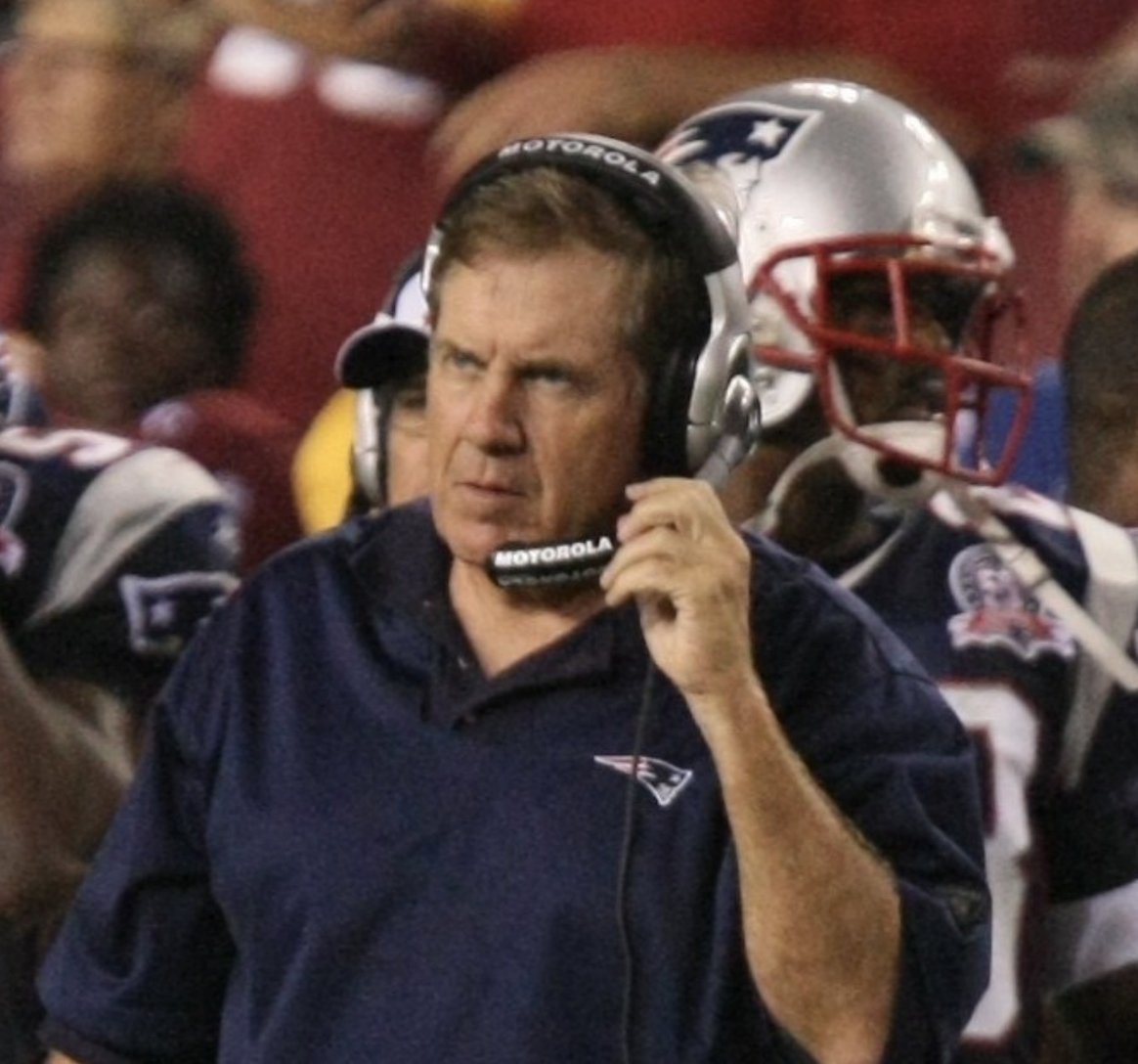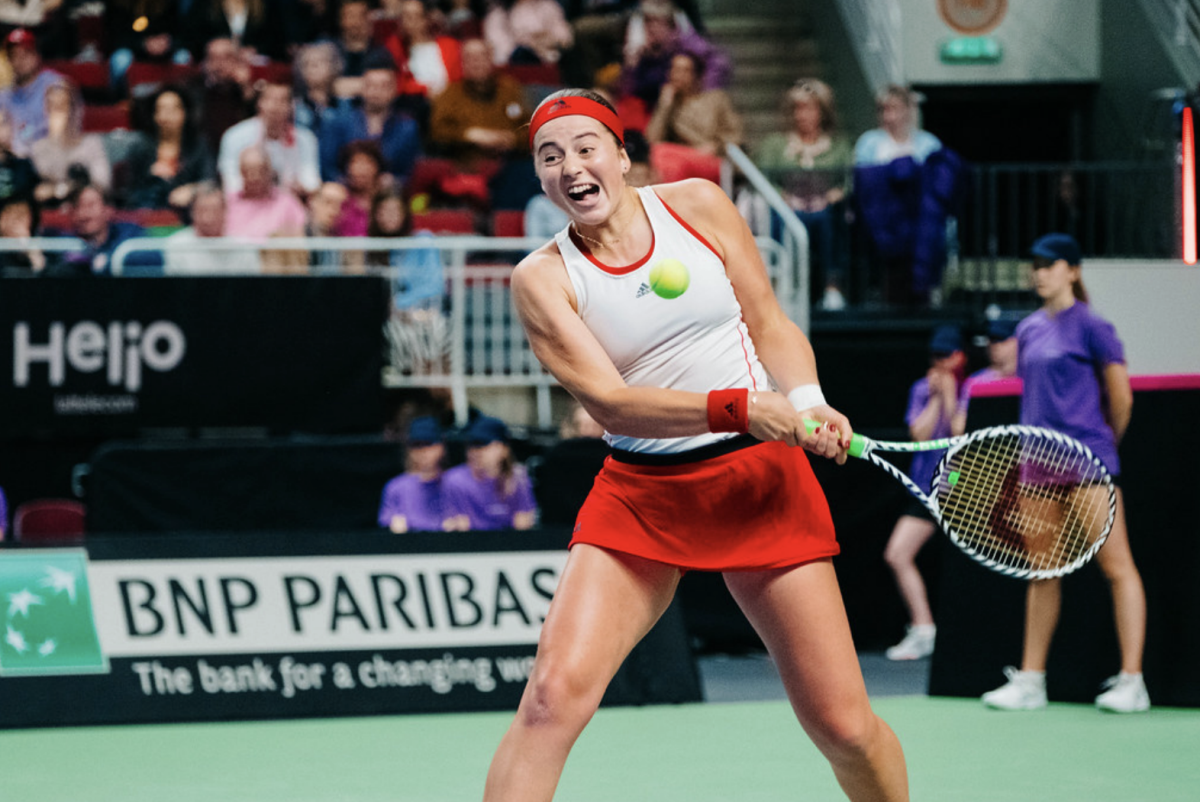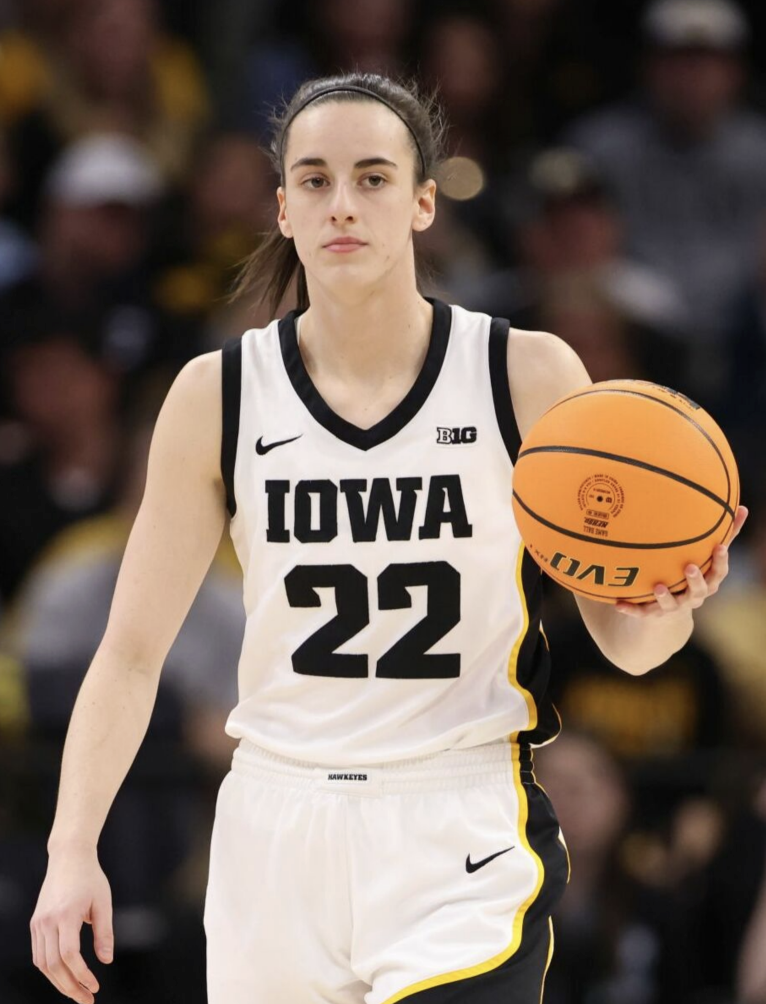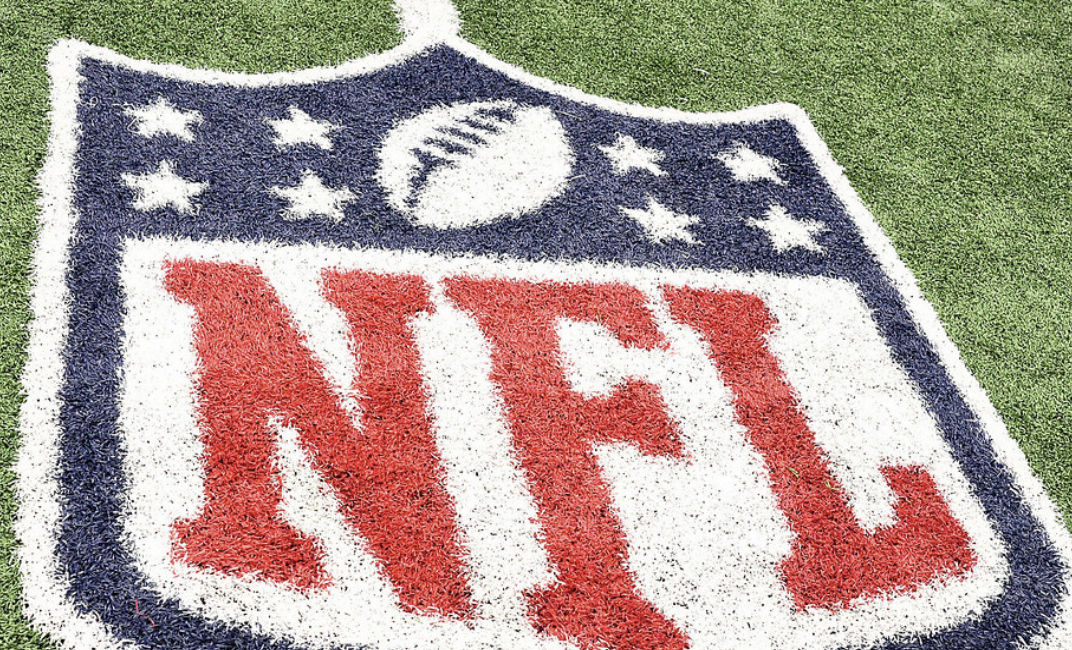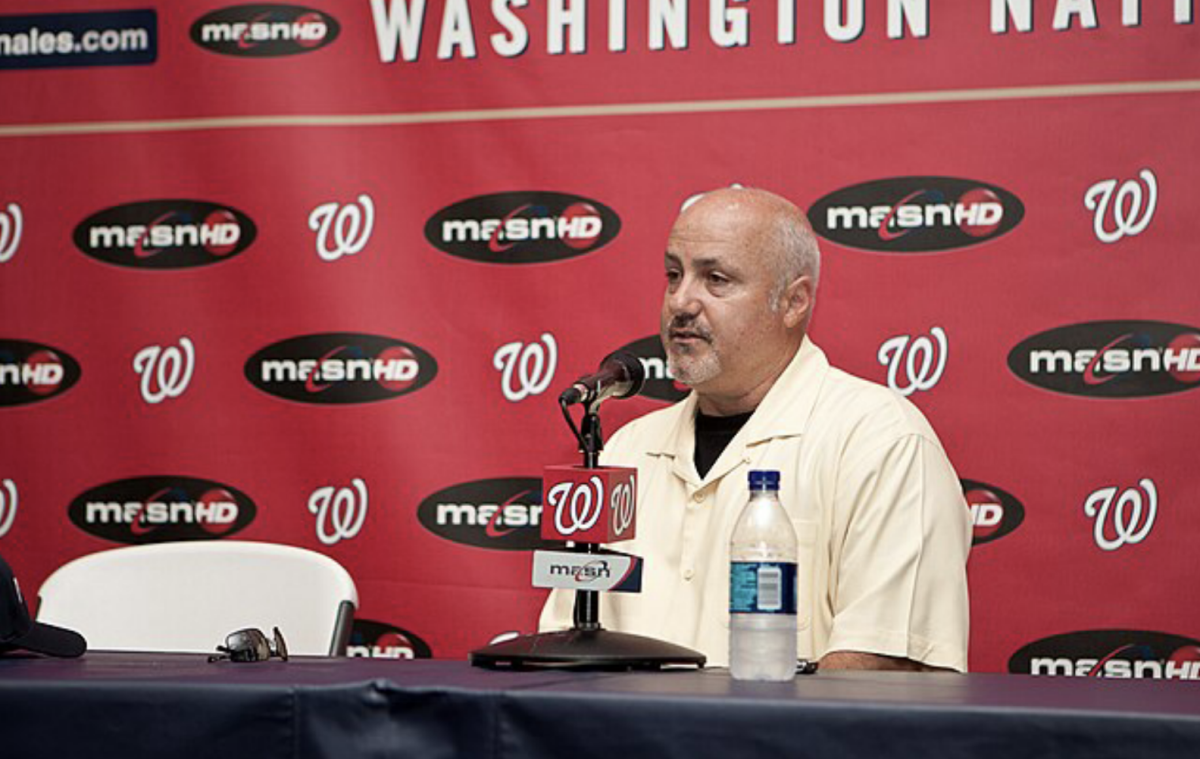The long-awaited conclusion to the four-month-long Screen Actor’s Guild strike arrived on Thursday, Nov. 9, after a deal was reached between the studios and SAG-AFTRA members. The strike began on July 14 when the actors guild joined the Writer’s Guild of America (WGA) in protest against the studios. After the screenwriters agreed in late September, the actors remained on the outs with their industry producer counterparts.
The driving tensions behind the prolonged impasse surrounded the issue of unfair compensation and employment of actors, which arose with the evolution of streaming services and Artificial Intelligence (AI) technology. The extensive talks between SAG-AFTRA and the studios came to a head with a tentative agreement that, according to SAG-AFTRA National Executive Director and Chief Negotiator Duncan Crabtree-Ireland, will “fundamentally reset how our membership is compensated to account for the growth of streaming and for the first time, institute deep protections against the encroachment of AI technology.”
This historic 1 billion dollar deal established new revenue streams and, according to SAG-AFTRA President Fran Drescher in a recent national board meeting, “the most progressive AI protections ever written.” Drescher describes the agreement as a “paradigm shift of seismic proportions.”
The deal stipulates all actors must be compensated for the use of their likeness when represented in the form of AI, as well as the promise of renegotiation with each reuse of an actor’s AI image, ensuring an actor’s likeness, once given, can not be taken advantage of.
The deal further encompasses the issue of residuals, promising actors future compensation for the streaming of media that includes their acting or the appearance of their digital replica. These rules apply to both industry stars and background actors, who will receive greater compensation and job security with the newly established AI regulations. This advancement had previously threatened the role of background actors.
Negotiations on streaming participation bonuses were one of the more high-profile topics of debate during the strike. The resulting $40 million annual fund for streaming residuals provided by the Alliance of Motion Picture and Television Producers (AMPTP) “will fundamentally reset how membership is compensated to account for the growth of streaming,” according to SAG-AFTRA National Executive Director and Chief Negotiator Duncan Crabtree-Ireland in a board meeting on Nov. 13..
The agreement reached on streaming residuals is similar to the WGA deal made in September, but the difference arises with the allocation of money. Seventy-five percent has been allocated for the cast of a production, with the remaining twenty-five percent feeding back into the fund for the union and studios to distribute accordingly.
Additional changes also include the gradual increase to the industry minimum wage. One of the least controversial aspects of negotiations, this adjustment will be made in increments over the next few years and began with a seven percent increase on Nov. 9, 2023, will be followed by another four percent raise effective July 1, 2024, and conclude with a final three and a half percent raise on July 1, 2025.
In the board meeting, Drescher recounted her experience during this process, saying, “I was determined to redefine SAG-AFTRA as not only the largest entertainment union in the world but the most powerful.” After the past four tumultuous months, they have done just that.
The efforts of the SAG-AFTRA members and negotiating committee have proven fruitful for the Union and its actors, and the conclusion of the strike has sent a ripple effect throughout the entertainment ecosystem, allowing halted productions to resume filming and promotion while providing a sense of stability for the countless workers reliant on this thriving industry.


